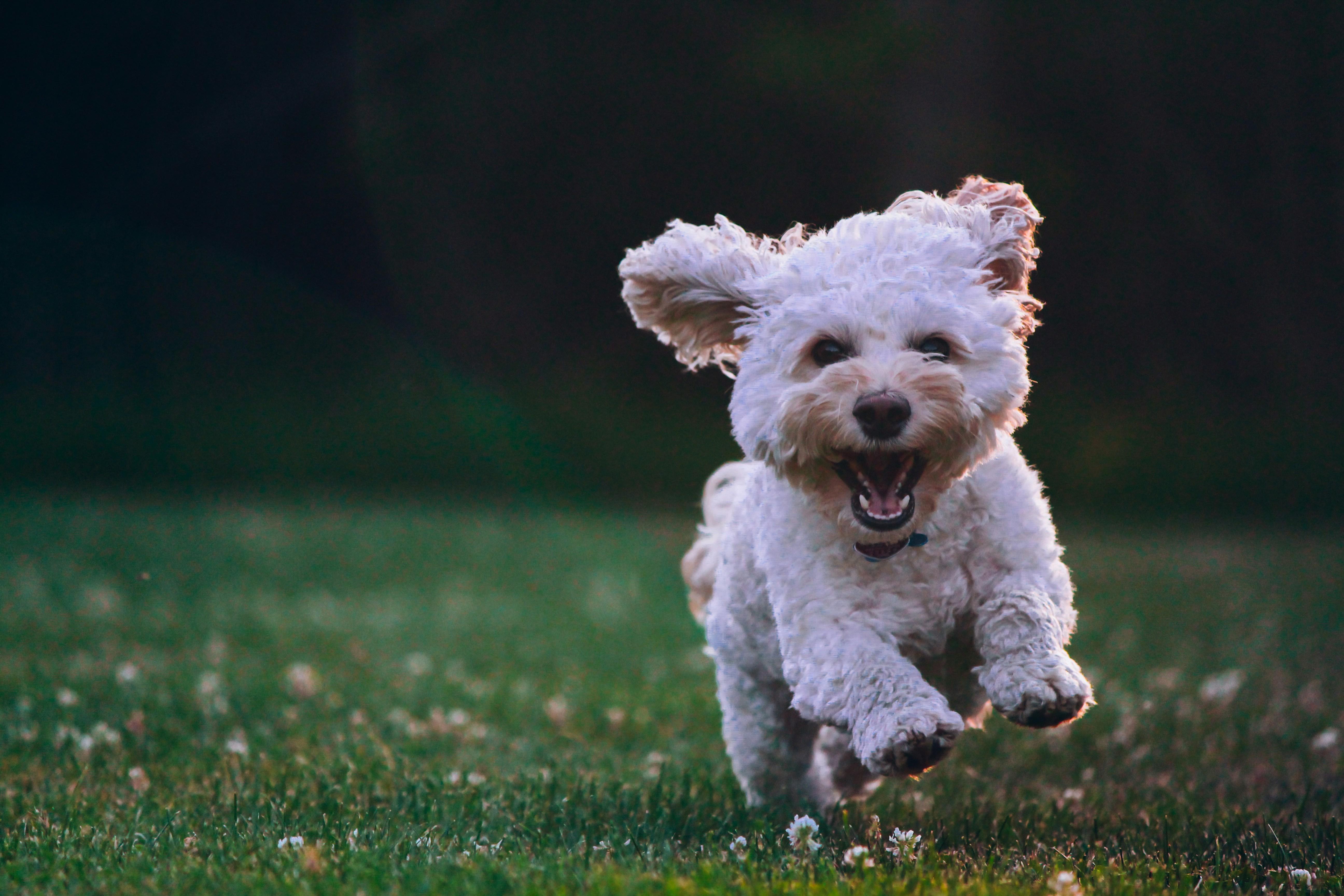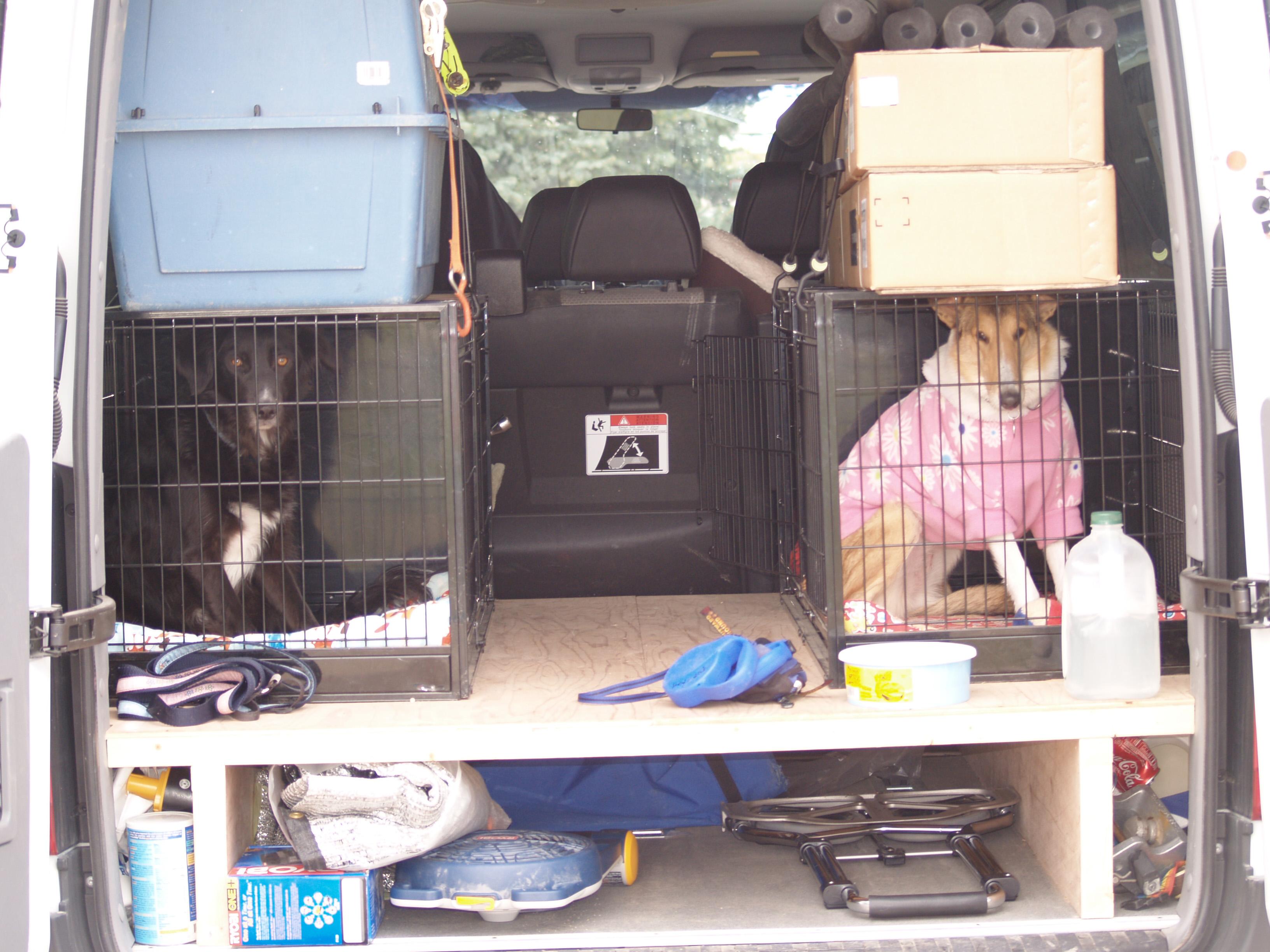Is It Safe to Allow Dogs to Be Off-Leash if They Chase Cars

When considering the safety and well-being of our canine companions, one of the most contentious issues is whether it is safe to allow dogs to roam off-leash, particularly if they have a tendency to chase cars. This behavior not only poses significant risks to the dog itself but also raises concerns for drivers, pedestrians, and other animals. In this article, we will explore the factors that influence a dog’s inclination to chase vehicles, assess the potential dangers involved, and provide guidance on how to manage and mitigate these risks effectively. By understanding the motivations behind this instinctual behavior and implementing practical strategies, dog owners can make informed decisions that prioritize safety while allowing their pets to enjoy a fulfilling and enriched life.
Understanding the Risks of Off-Leash Dogs Chasing Cars
When dogs chase cars, it poses significant risks not only to the dogs themselves but also to drivers and pedestrians. An off-leash dog darting into the street can cause accidents as drivers swerve to avoid hitting the animal, potentially leading to collisions. Additionally, the dog risks severe injury or death from being hit by a vehicle. For the dog, this behavior can be a manifestation of natural instincts like prey drive or territorial behavior, but when it occurs unchecked, it becomes a serious safety hazard.
- Physical harm to the dog: Injuries from vehicles can range from minor scrapes to life-threatening trauma.
- Danger to motorists: Sudden movements of dogs can cause drivers to lose control or make split-second decisions that lead to accidents.
- Legal implications: Pet owners may face legal consequences if their off-leash dog causes a traffic incident.
To mitigate these risks, it’s crucial for dog owners to engage in consistent training and utilize secure environments where their pets can roam freely without encountering vehicles. Using leashes in unfenced areas and considering professional training for dogs with a strong chase instinct can further ensure safety for everyone involved.

Assessing Your Dogs Behavior and Training Needs
Understanding your dog’s behavior is crucial when considering their safety and the safety of others. If your dog has a tendency to chase cars, it may be a sign of underlying instincts such as herding or prey drive. Identifying these behaviors is the first step in addressing the issue. Here are some indicators to watch for:
- Excessive excitement or fixation when vehicles pass by
- Attempting to run towards or away from moving cars
- Barking or lunging at vehicles
Once these behaviors are recognized, it’s essential to determine the appropriate training needs. Consider implementing structured training techniques to curb the chasing behavior, such as:
- Positive reinforcement: Reward calm behavior around vehicles.
- Desensitization: Gradually expose your dog to vehicles in a controlled setting.
- Recall training: Strengthen your dog’s response to commands like “come” to redirect their focus.
By understanding and addressing your dog’s specific behavior, you can ensure their safety and decide whether off-leash activities are suitable. Regular assessment and training adjustments are key to maintaining a safe environment for both your dog and others.
Creating a Safe Environment for Off-Leash Activities
Ensuring a secure area for off-leash activities is crucial, especially if your dog has a tendency to chase cars. Start by evaluating your surroundings. Fenced-in areas are ideal, providing a boundary that keeps your dog from running into dangerous zones. If a physical fence isn’t feasible, consider invisible fencing options, which can help create a designated safe space. Additionally, remote, traffic-free parks or dog-friendly zones can be excellent alternatives, allowing for a controlled environment where your pet can roam without the temptation of nearby vehicles.
Incorporating certain strategies can also enhance safety. Here are some suggestions:
- Training and Recall: Ensure your dog has reliable recall skills. Regular training sessions focusing on commands like “come” or “stay” can be vital in preventing them from darting towards the road.
- Distraction-Free Zones: Avoid areas with heavy distractions, like roads or busy pedestrian pathways, which may trigger your dog’s instinct to chase.
- Engaging Activities: Keep your dog engaged with interactive toys or games. This not only provides mental stimulation but also diverts their attention from cars.
- Supervision: Always keep a close watch. Being proactive and attentive can help you anticipate and avert potential dangers before they arise.

Expert Recommendations for Managing Car-Chasing Tendencies
- Professional Training: Enlist the help of a certified dog trainer who specializes in behavioral issues. They can provide personalized strategies to help your dog overcome the impulse to chase moving vehicles.
- Consistent Commands: Reinforce basic commands such as “stay” or “come” with your dog. Consistency is key, so practice these commands in various settings to ensure your dog responds reliably.
- Controlled Environments: Before allowing off-leash freedom, test your dog’s response to commands in a safe, enclosed area. Gradually increase distractions to mimic real-world scenarios, ensuring they remain focused on your cues.
Implementing these expert recommendations requires patience and dedication. However, the benefits are invaluable, as they contribute to a safer and more enjoyable experience for both you and your dog. Remember, safety should always be the priority, so consider these strategies as essential steps towards a more controlled and happy off-leash adventure.



